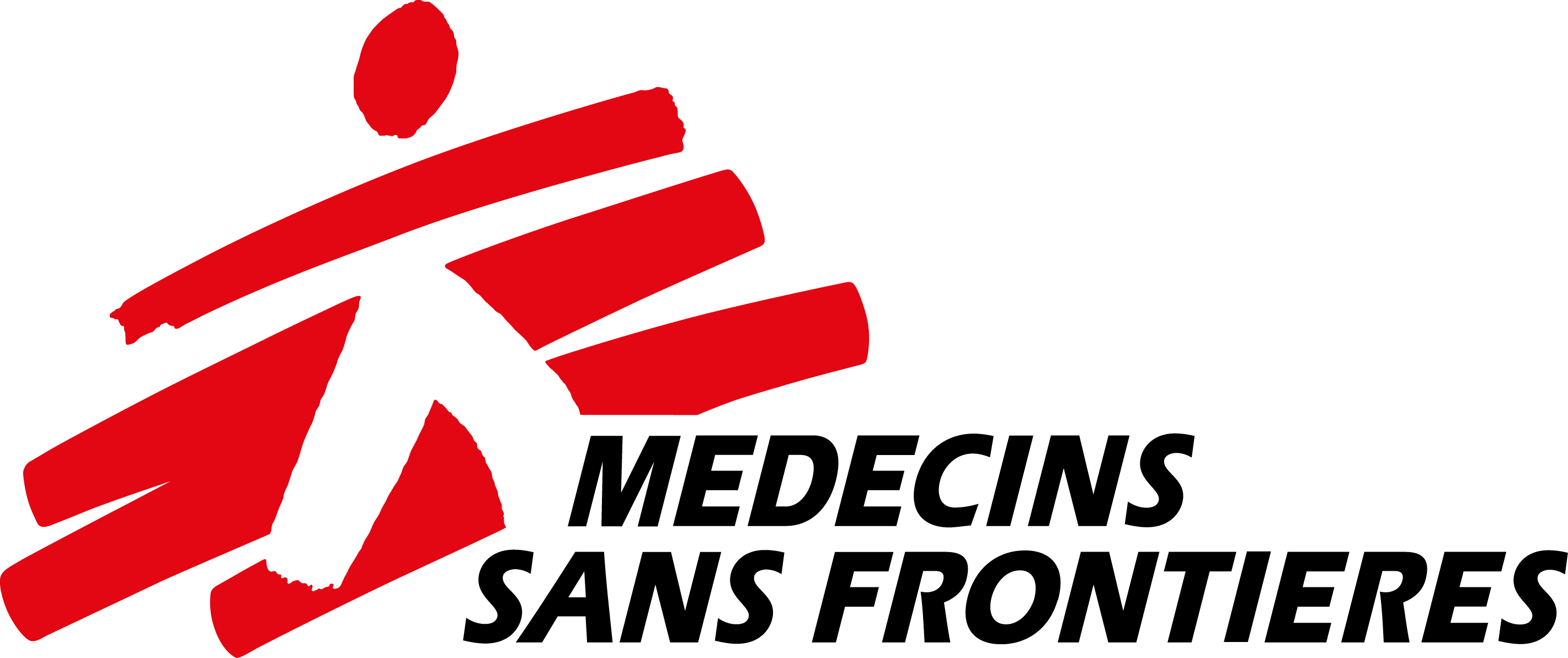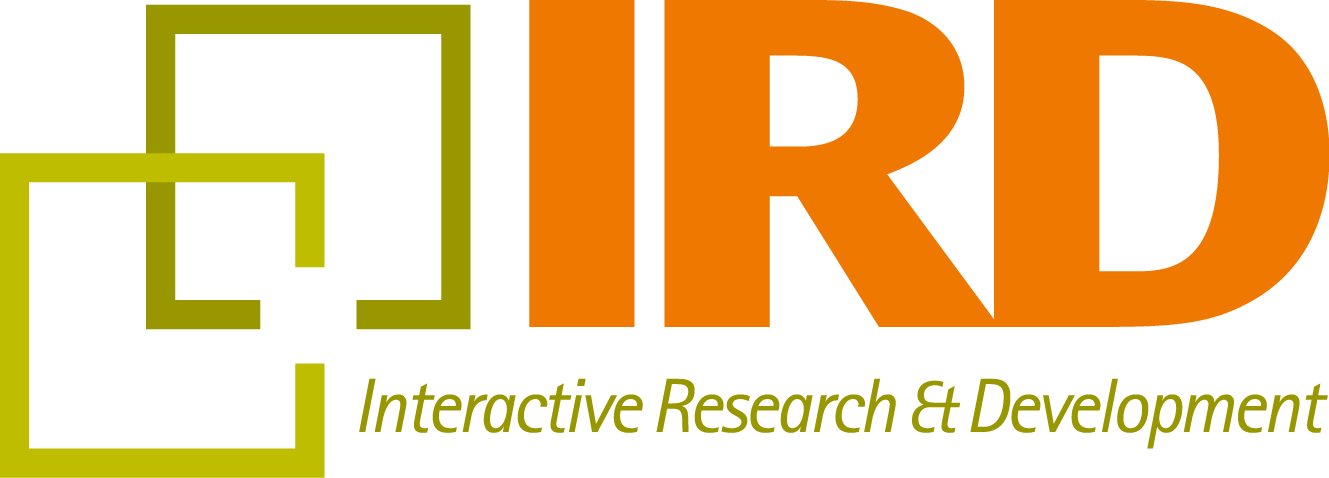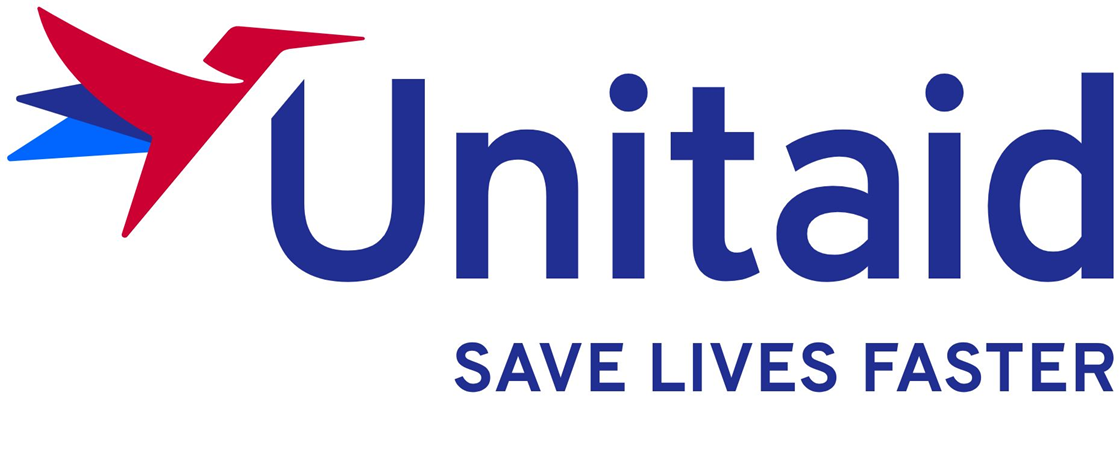Tuberculosis (TB) is preventable and treatable. Despite this, 1.6 million people died from the infectious disease in 2021—a majority of whom live in low- and middle-income countries.
In an effort to reduce deaths and find safer, shorter treatments, Partners In Health (PIH), in collaboration with Médecins Sans Frontières and Interactive Research & Development, launched the endTB project in 2016. A key part of the Unitaid-funded partnership is research, including the endTB clinical trial that concluded in Lesotho and 6 other countries in late June. A second trial, endTB-Q, will be completed in 2024.
We spoke to three researchers involved with the endTB clinical trial in Lesotho: Dr. Llang Maama, Ministry of Health TB and leprosy manager; Dr. Kunda Kwabisha Mikanda, drug resistant-TB senior medical officer and site principal investigator; and Carole Mitnick, co-principal investigator of the endTB trial and professor of global health and social medicine at Harvard Medical School.
Below, edited and condensed, are their responses to questions exploring the challenges of this clinical trial, preliminary results, and what this means for global TB care:
What challenges did you face before the endTB trial began in Lesotho, in treating patients with multidrug-resistant tuberculosis (MDR-TB)?
Kunda: Before we started the endTB trial, patients were receiving treatment that involved taking daily pills and injectables for 24 months. Many patients stopped their treatment along the way because it was too long with too many pills—about 14,600 throughout treatment. In addition, there were lots of irreversible side effects like psychosis, renal failure, and permanent deafness. It was a big challenge and we didn’t have another treatment option at the time.
Can you give a big picture overview of the endTB clinical trial? What did you examine and who was enrolled?
Mitnick: The endTB clinical trial was set up to examine five experimental regimens for treatment of a type of TB caused by bacteria resistant to the most important first-line drug, rifampin.
Participants were randomized to six different arms: five experimental and one standard of care or “control.” All the experimental arms included nine months of treatment using all-oral regimens. The control arm was 24 months and could contain an injectable agent, according to World Health Organization guidance at the time. We used a fancy system for randomization called Bayesian response-adaptive randomization. Most trials pre-define the number of people in each arm, and that number is often identical across arms. In endTB, we used the information coming out of the trial as the trial was running to randomize more people to the arms that were performing better. We did this because it allowed us to efficiently test a whole bunch of regimens at the same time.
There were 754 participants from seven countries, including three where PIH works, enrolled in the trial. Participants were pretty young. The median age was 32 years old. About 20% of the people enrolled have comorbidities, such as HIV and diabetes. We also included people with substance use disorders or mental illness. We wanted our trial population to be similar to the population in the world that gets drug-resistant TB, so that the results would be relevant.
Why is this trial unique?
Mitnick: There are a few reasons. First, this was the first time Bayesian response-adaptive randomization was used in a TB trial. It has been used in cancer trials in high-income countries, but never for TB.
Second, it was a trial carried out by three major service-based non-governmental organizations, who don’t normally get involved in trials: PIH, Médecins Sans Frontières, and Interactive Research & Development. All three of these organizations thought this was important because nobody else was going to do it. The pharmaceutical companies that developed two of the newer drugs used in the regimens did not finish the job; they got their drugs approved by the U.S. Food and Drug Administration and other regulatory authorities and stopped short of really understanding how best to use the drugs.
Lastly, because PIH led the project, it had a strong influence on the design of the trial and used an accompaniment model to support study participants to complete their treatment and trial participation.
Acknowledging that the team is still sorting through the data (which will be publicly available later this year), what is the biggest takeaway so far?
Mitnick: Our very preliminary analysis of some patients shows 84% favorable outcomes across the board. In comparison, the standard of care when we started the trial was around 60%. That's a massive improvement. We don't know how that will shake out among the arms. It’s really encouraging that overall the results are good. I think some of the other takeaways are that there is a space for organizations like PIH and its service partners, its social justice- oriented, human rights-oriented peer organizations to be involved in clinical research.
We relearned that accompaniment is really helpful for people with complex diseases or social conditions to help them through care. And COVID-19 amplified all of this because the trial was running during the pandemic, which reinforced the importance of nimbleness in doing both service work and research.
What does the conclusion of the study mean locally in Lesotho, where the TB incidence is the highest in the world?
Maama: This is a very exciting experience. I remember in the beginning we were doubtful whether we were a suitable country to implement the trial, considering our limitations especially in monitoring patients. Capacity was built here. We are happy to be part of the evidence.
Kunda: The conclusion of the trial will be tremendous to the country in terms of policy changes and guidelines implementation to improve lives in Basotho. When the results are published, they'll help the government and stakeholders to adopt better treatment regimens which are shorter with less side effects.
Do you think these results will have an impact on global TB care? And if so, how?
Maama: I think the impact has already been felt because we started with injectables, but because of the ongoing trials we have transitioned to all oral regimens. And that has really reduced that burden on patients who were losing their hearing to treatment, and becoming incapacitated in terms of their work, and their inability to sustain their families. So yes, the impact of this is visible now that we have improved the regimens and compliance. Even our treatment outcomes have improved because of the endTB evidence.
What happens next for enrolled patients? How will they continue care and treatment?
Mitnick: All of the participants in the trial have completed their TB treatment. Thankfully, TB can be cured. It does not require continuous treatment in the same way HIV does. Unfortunately, people who get TB once are at higher risk for getting TB a second time than somebody who has never had TB. And there's increasing awareness that people who have TB are also at risk of chronic lung damage, cardiac disease, and other complications. You can think of this as “long TB” like long COVID. In other efforts, PIH is working to follow people who have completed treatment and make sure they get the care they need for any of these long-term effects.
We will also be sharing the results with the study participants. Oftentimes, the results only get shared at professional society meetings, conferences, or in peer-reviewed publications; the people who volunteered their time and gave us their trust to be in this trial don't hear the results. We're looking for ways to reach this population and engage with them in a meaningful way when the results become available.
Originally published on PIH’s website.




